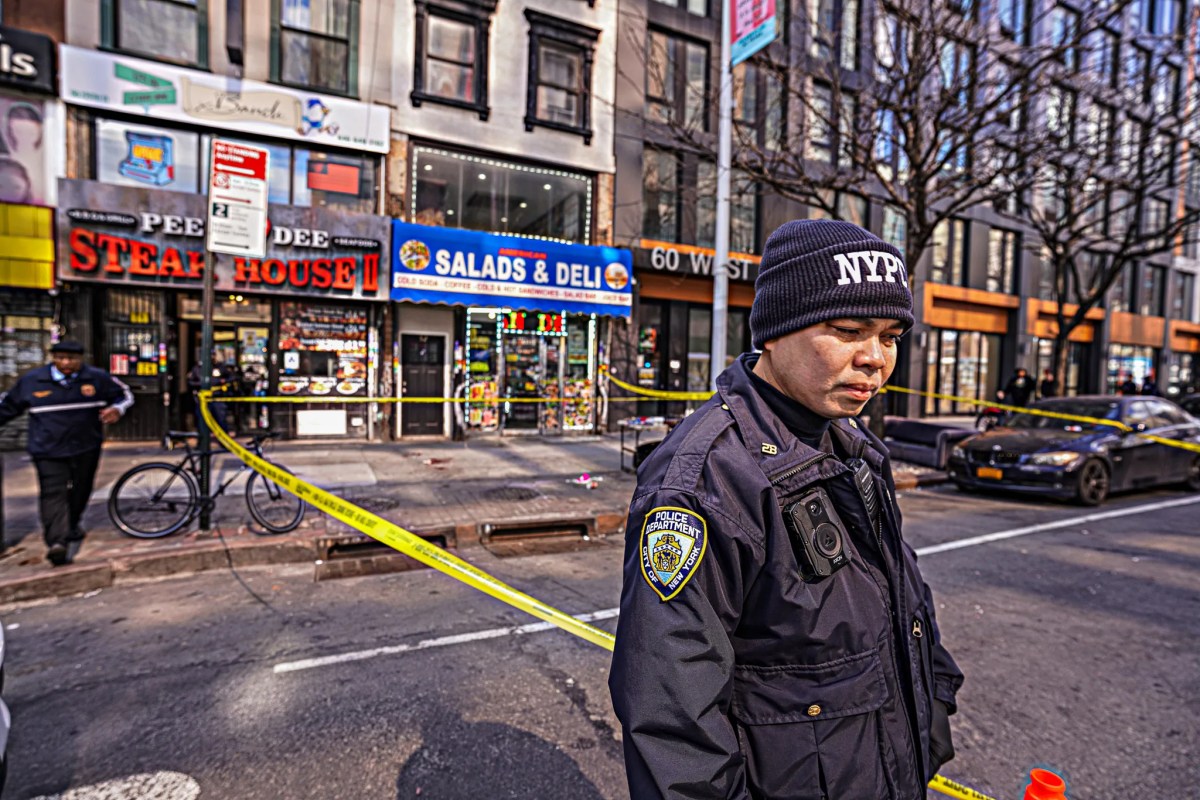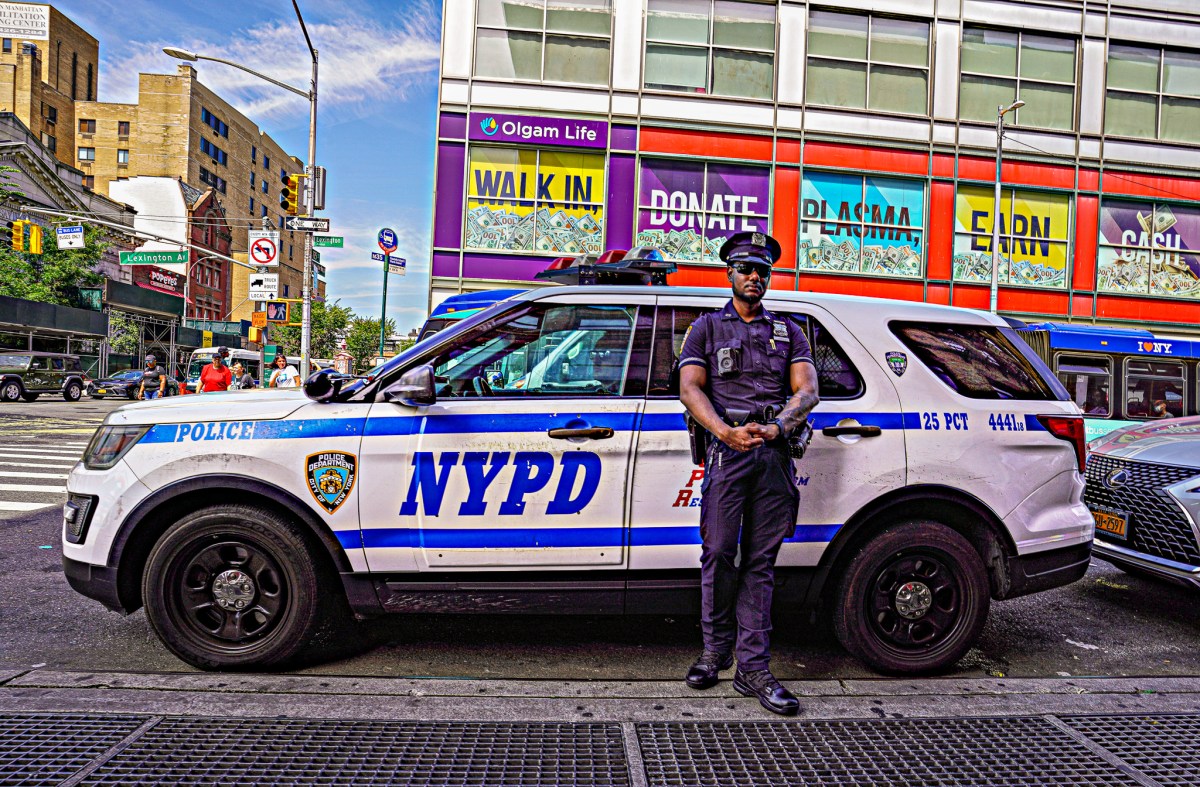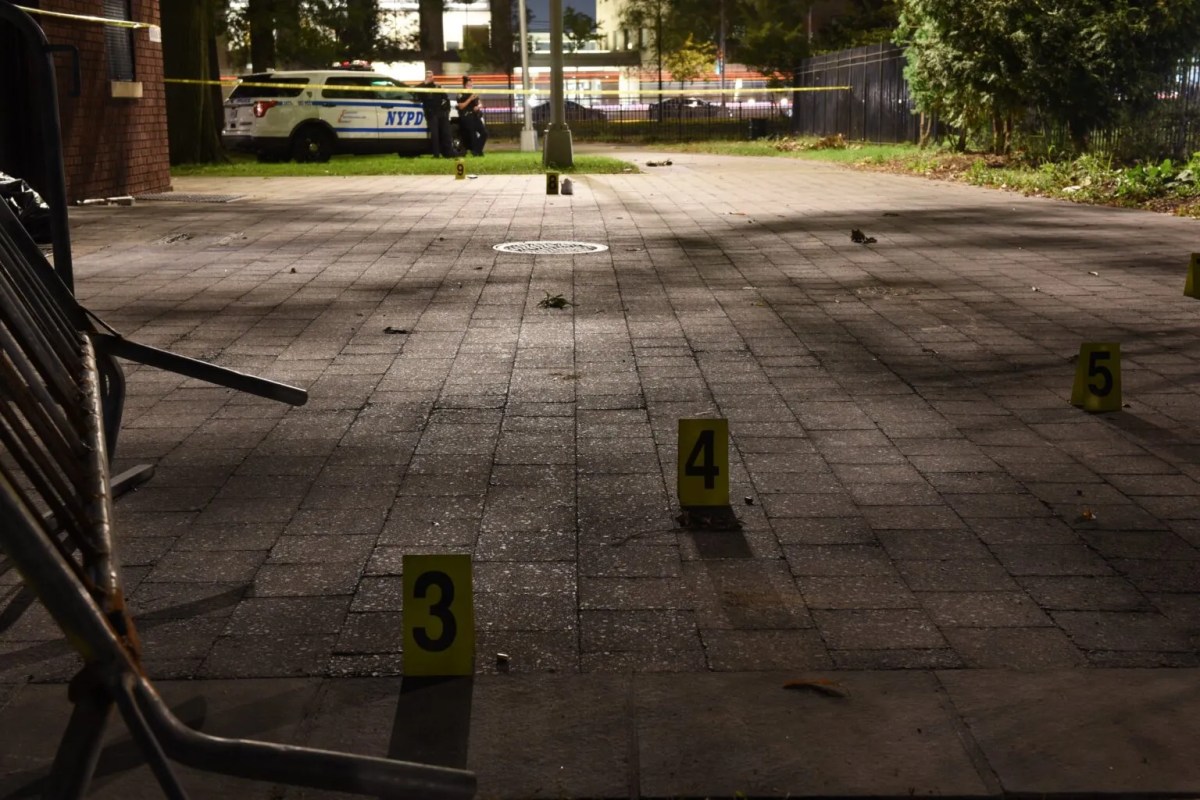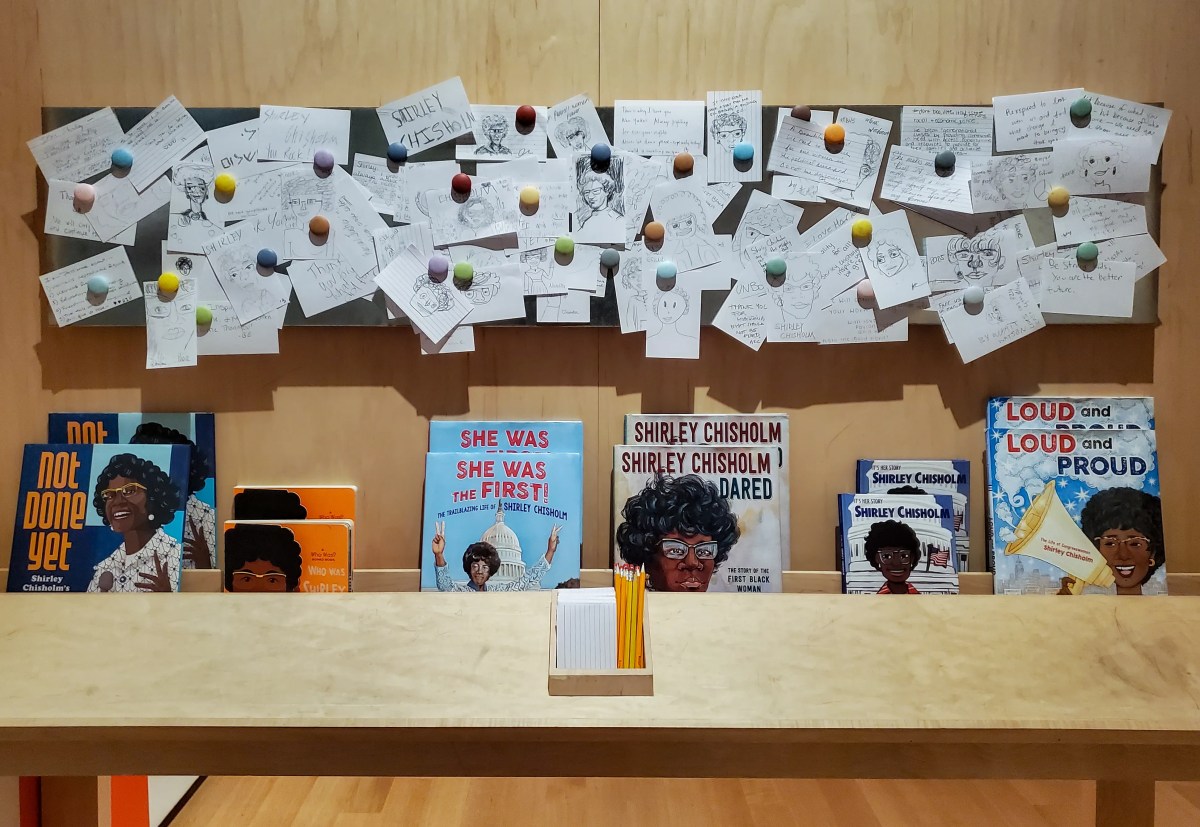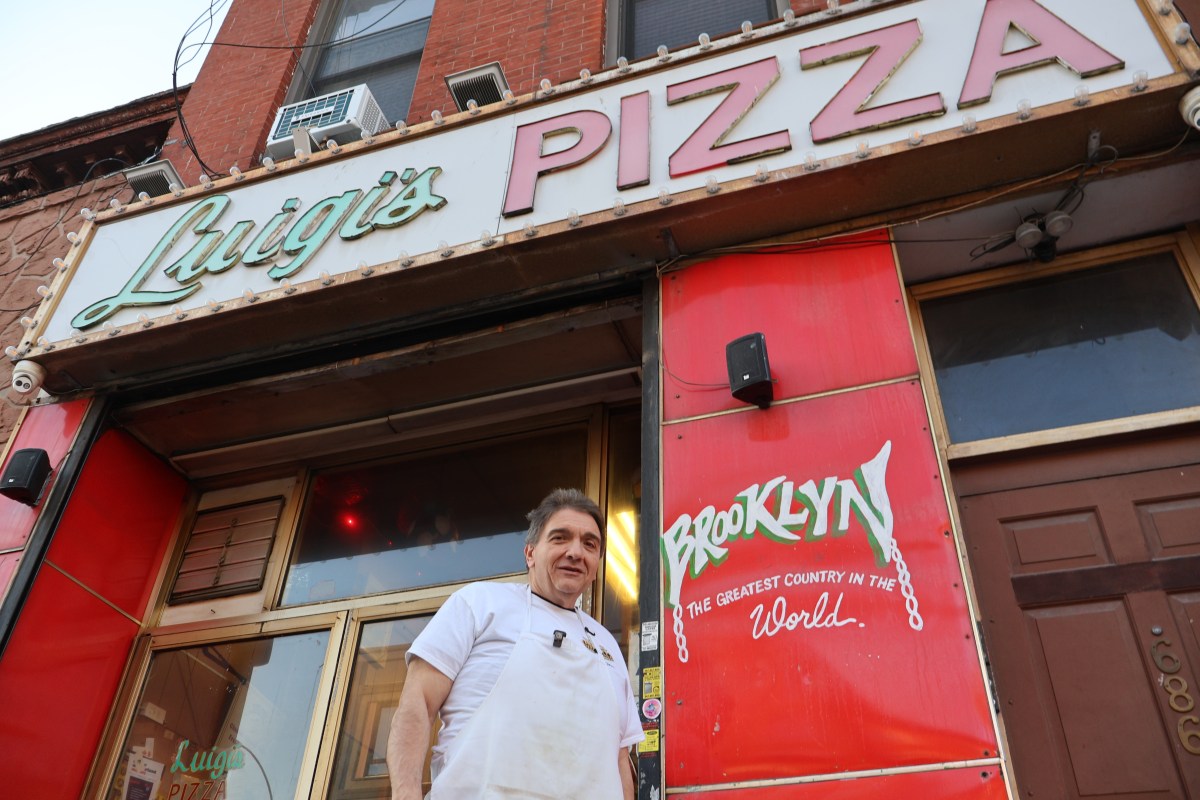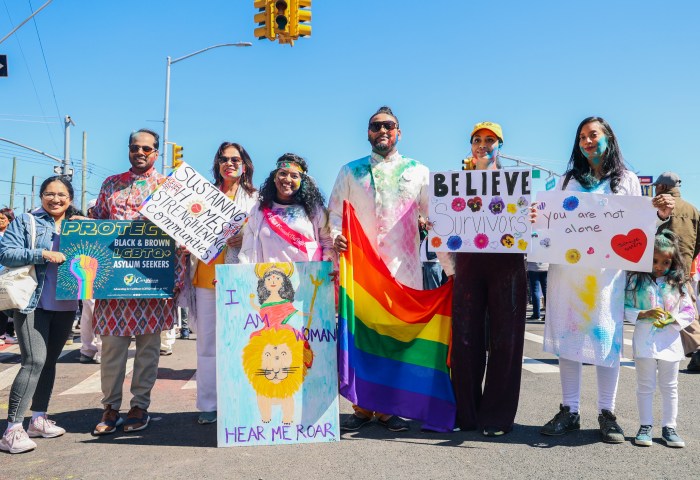Comptroller Brad Lander took aim at the NYPD’s ShotSpotter technology Thursday, calling the citywide network of sound sensors designed to detect gunfire an ineffective waste of resources.
The New York City Comptroller’s office announced the findings of an audit on June 20 that claims ShotSpotter often sends cops on wild goose chases. Shootings were correctly identified just 13% of the time, according to the comptroller’s audit, wasting officers’ time by sometimes more than a half-hour on a bogus activation — leading to thousands of hours wasted over a given year.
The NYPD, however, decried Lander’s findings and insisted ShotSpotter has proven its worth in helping to save lives and catch shooters. The audit comes as police brass say they plan to add the technology to drones to provide a faster response to reported shootings.
Lander’s audit reviewed an eight-month period between 2022 and 2023, and 7,262 incidents that did not lead to confirmed shootings.
“ShotSpotter claims to be ‘a proven detection system’ that is ‘faster and more accurate’, but our audit found that 87% of the time, ShotSpotter is sending NYPD officers in response to loud noises that don’t turn out to be confirmed shootings,” Lander said. “The evidence shows that NYPD is wasting precious time and money on this technology and needs to do a better job managing its resources. Chasing down car backfires and construction noise does not make us safer.”
Lander recommends the Big Apple does not renew its contract with ShotSpotter, following in the footsteps of other major U.S cities like Chicago, Atlanta and Portland.
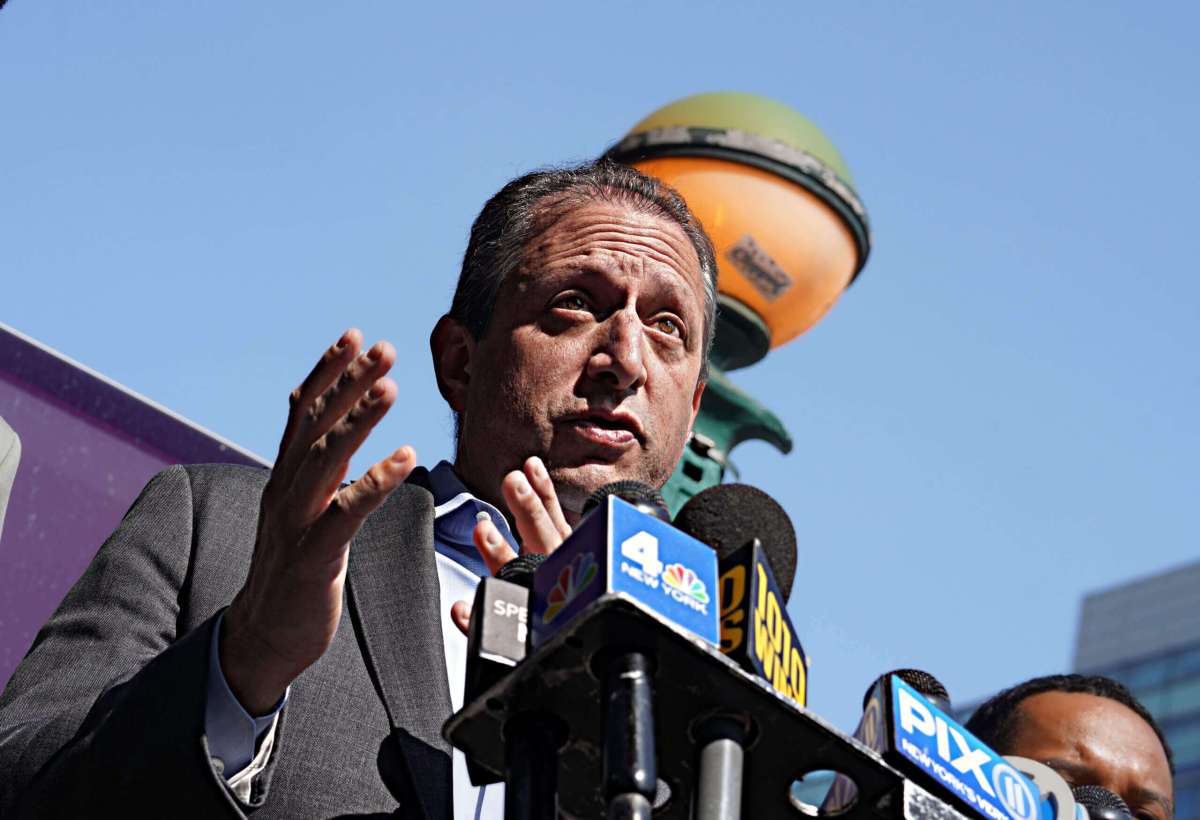
In response to the audit, the NYPD released a six-page rebuttal to the findings and recommendations stating foremost that it is the responsibility of the responding officer, who is already on patrol in that area, to investigate if there was a shooting that set off the ShotSpotter alert.
Ballistic evidence is not always present especially if the shooter uses a revolver or does so from a car where the casing remains.
“The auditors’ analysis found that ShotSpotter alerts yield a confirmed shooting rate of 8% to 13% for the second half of fiscal year 2023 (January 2023 to July 2023). The auditors are critical of this low confirmed shooting rate; however, an anticipated benefit of ShotSpotter’s technology is to produce a police response to a shooting whether or not a 911 call is made. Year-to-date (as of May 19, 2024), 2,601 ShotSpotter alerts were activated citywide with a 15.6% confirmed shooting rate,” part of the response said.
Landers’ audit reports that “over-policing” may occur due to frequent false alerts; however, the NYPD dismisses that notion.
ShotSpotter, the NYPD insisted, does not provide officers to stop or arrest an individual; rather, the system only provides a location where a possible crime may have occurred.
“The NYPD provided a comprehensive response to the audit’s findings and recommendations, which was included as part of the report. The Department consistently reviews the effectiveness of technologies it utilizes to combat crime. ShotSpotter remains an integral tool in the NYPD’s mission of addressing gun violence and keeping the public safe,” an NYPD spokesperson said in a statement.
